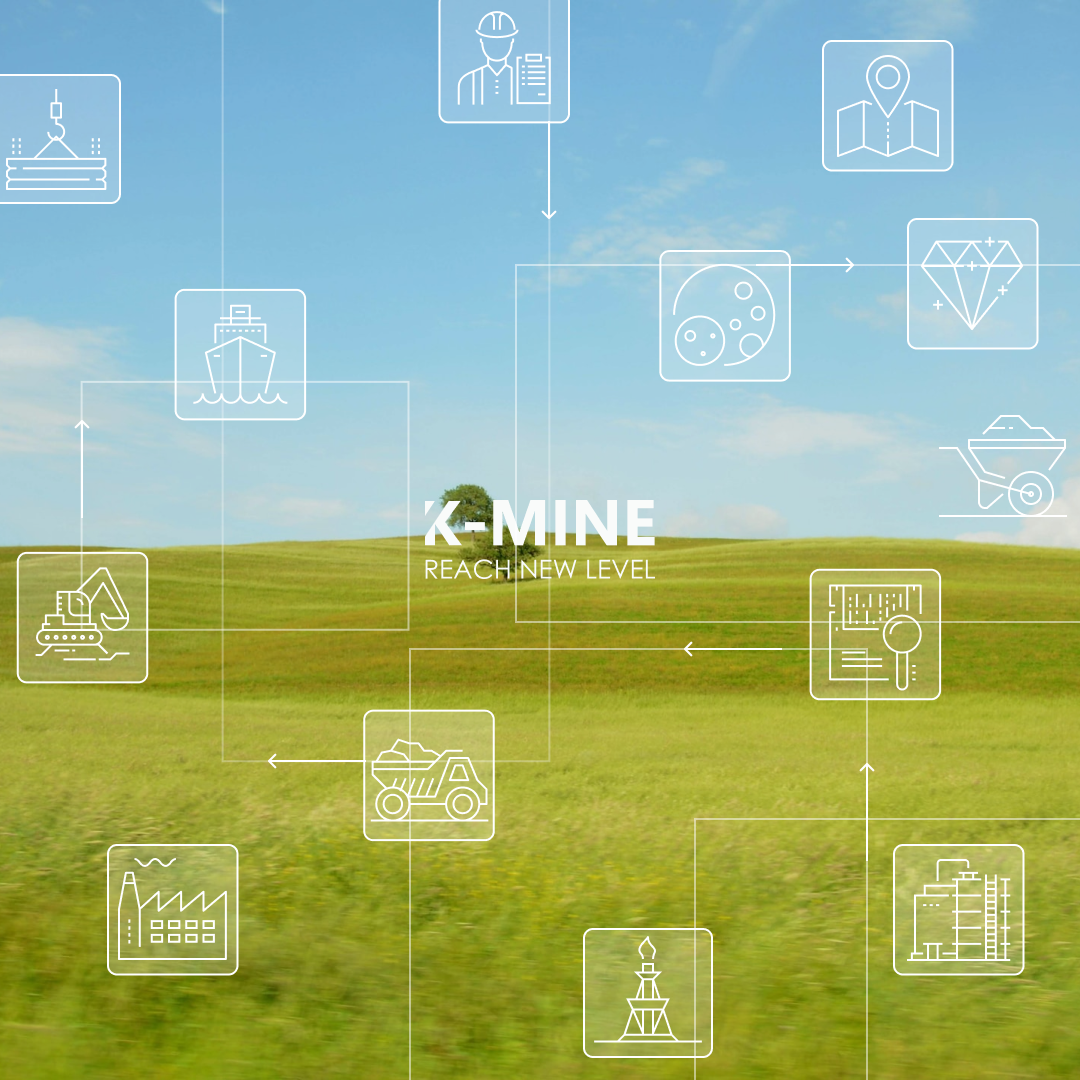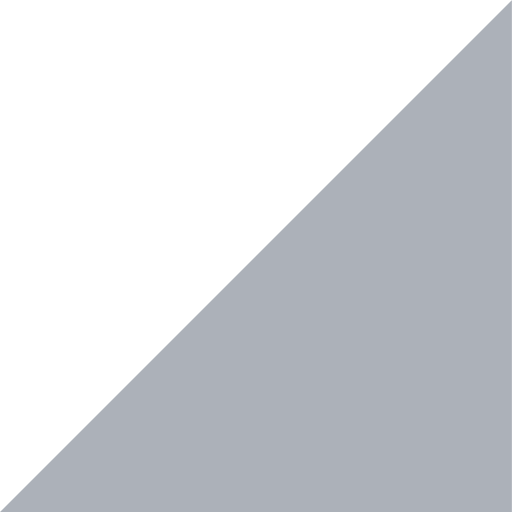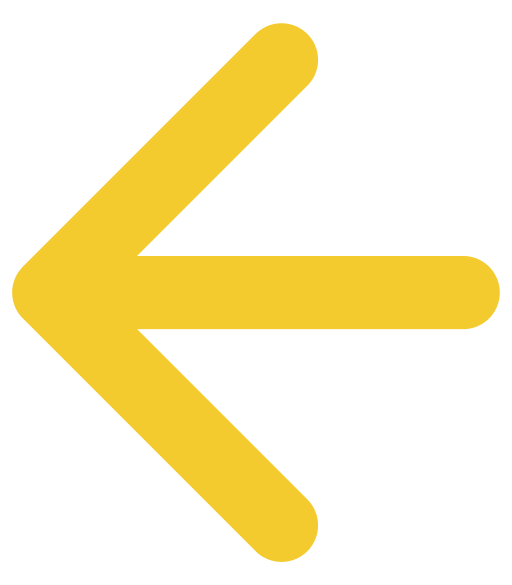
Content
Any successful endeavor begins with a competent team, and greenfield mining projects are no exception. These ventures are multifaceted, requiring expertise across a diverse array of fields – from geology and engineering to environmental science, finance, and community relations. Assembling the right team is not just about filling roles with qualified individuals; it’s about creating a synergistic group that can effectively navigate the complexities of greenfield mining projects from inception to completion and beyond.
In this article, we will delve into the importance of building a competent team, the key roles needed, recruitment strategies, and the benefits of fostering diversity and inclusion in your workforce. We’ll also discuss the value of ongoing training and development, and the critical role that effective communication and collaboration play within the team. These insights can serve as a guide for those pioneering greenfield mining projects, helping them assemble and nurture a team that can not only tackle but excel in the multifaceted challenge that is greenfield mining.
The Importance of a Competent Team in Mining
One of the cornerstones of any successful greenfield mining project is the team behind it. The complex nature of mining operations, with its multifaceted processes and challenges, requires the expertise of a diverse range of professionals. From the geologists and mining engineers who work to understand and exploit the deposit, to the environmental scientists ensuring sustainable operations, the financial analysts securing investment and monitoring profitability, and the social specialists engaging with local communities – each role is critical in its own way.
The planning, execution, and operational stages of a mining project are intricate processes that need meticulous attention to detail. A well-rounded team that can effectively manage these complexities becomes instrumental. Experienced geologists, for instance, ensure accurate site analysis and resource estimation. Engineers proficient in the latest technologies contribute to efficient and safe mine design and operation. Skilled financial analysts and legal professionals navigate the financial and regulatory landscapes, respectively.
Beyond the technical and professional skills, the team must also possess the ability to collaborate effectively, solve problems creatively, and adapt to the ever-evolving dynamics of the project. Therefore, building a competent team is not only about hiring individuals with the right qualifications but also about ensuring they can work together towards the common goal of a successful, sustainable mining operation.
Key Roles in a Mining Project Team
Each greenfield mining project calls for a diverse team of professionals, each bringing a different set of skills and expertise to the table. Let’s take a look at some of the key roles that typically constitute a mining project team:
- Project Managers: They are the driving force behind the entire project, overseeing its progression from conception to completion. Project managers coordinate all project activities, liaise with stakeholders, and ensure that all aspects of the project stay on schedule and within budget. They require excellent leadership, communication, and problem-solving skills.
- Mining Engineers: These professionals are responsible for designing the mine layout, developing production plans, and monitoring mining operations to ensure safety and efficiency. They apply their understanding of mining techniques, geomechanics, and computer-aided design software in their work.
- Geologists: Geologists conduct essential exploration activities, study the earth’s composition, and analyze geological data to estimate the size and quality of the mineral deposit. Their findings significantly influence mining methods and project feasibility.
- Environmental Scientists: These team members assess the environmental impact of mining activities, develop strategies to minimize negative impacts, and ensure compliance with environmental laws and regulations. They play a crucial role in maintaining the sustainability of mining operations.
- Financial Analysts: Financial analysts or economists assess the economic feasibility of the project, conduct financial planning, and monitor the project’s economic performance. They play an essential role in securing investments and managing financial risks.
- Community Engagement Specialists: These professionals manage the relationship between the mining project and the local communities. They coordinate community consultations, address local concerns, and work towards creating shared value for both the community and the mining project.
Building a well-rounded team with these key roles is a significant first step towards launching a successful greenfield mining project.
Recruiting for Your Mining Team
Recruiting the right people for your mining team is an essential process that can significantly impact your project’s success. Here are some strategies to attract and select competent team members:
- Where to Find Candidates: Mining professionals can be found in various places. Industry-specific job boards, mining conferences, networking events, and professional organizations are excellent places to start. You can also engage the services of recruitment agencies specializing in mining and related industries.
- Skills and Qualifications: Look for candidates with the appropriate technical qualifications and experience. For example, mining engineers should have a degree in mining engineering or a related field and ideally some experience in a mining environment. For project managers, experience in managing complex projects, particularly in mining, would be invaluable.
- Critical Thinking and Problem-Solving: Mining projects are often complex and require innovative solutions. Look for team members who exhibit strong critical thinking skills and have a knack for problem-solving.
- Industry Knowledge: A deep understanding of the mining industry, its trends, challenges, and regulations, is essential for any team member involved in a mining project.
- Communication and Teamwork: Effective communication and teamwork skills are vital in a project that involves diverse professionals working towards a common goal. Look for candidates who can collaborate effectively with others.
- Cultural Fit: Every organization has its own culture and values. It’s essential to find team members who resonate with your project’s objectives and the way you operate.
By paying attention to these factors, you can assemble a capable and dedicated team that can drive your greenfield mining project to success.
Building a Diverse and Inclusive Team
Diversity and inclusion are critical elements of any successful team, and a greenfield mining project is no exception. A diverse team brings a range of perspectives, ideas, and experiences that can greatly enhance problem-solving and innovation. Here’s why and how you should foster diversity and inclusion in your mining team:
- Enhanced Problem-Solving: A diverse team, including people from different backgrounds and with different skills, is more likely to generate a variety of solutions to a problem. This diversity of thought can lead to more effective problem-solving and innovative strategies.
- Increased Creativity and Innovation: Diverse teams are known to stimulate creativity and innovation. When team members have varied experiences and perspectives, they can inspire each other to think outside the box and create innovative solutions that may not have been considered in a more homogenous group.
- Better Decision-Making: Research has shown that diverse teams make better decisions. This is because they’re likely to consider a broader range of ideas and viewpoints, leading to more informed and effective decisions.
- Improved Stakeholder Relations: In the context of mining, a diverse team can be better equipped to engage with diverse stakeholder groups, including local communities and indigenous populations. This can lead to improved relationships and social license to operate.
- Attracting and Retaining Talent: A culture of inclusion makes your project more attractive to a broader range of potential employees, and it can also enhance employee satisfaction and retention.
Building a diverse and inclusive team, therefore, should be a strategic goal in your greenfield mining project. This can be achieved by implementing unbiased recruitment and selection processes, fostering an inclusive culture that values and respects individual differences, and providing equal opportunities for growth and development for all team members.
Training and Development in Mining
In the ever-evolving world of mining, continuous training and development play a pivotal role in maintaining a competent and efficient team. Here’s why it’s important and how to foster a culture of learning within your mining team:
- Keeping Up with Technological Advances: The mining industry is experiencing rapid advancements in technology, from automated equipment to advanced data analytics. Continuous training ensures that your team is well-equipped to leverage these technologies to enhance efficiency and safety.
- Adapting to Regulatory Changes: Mining operations are often subject to complex and frequently changing regulations. Regular training can help your team stay informed about the latest regulatory changes and ensure compliance.
- Promoting Safety: Safety is paramount in the mining industry. Ongoing training on safety protocols and best practices can significantly reduce the risk of accidents and promote a culture of safety.
- Improving Operational Efficiency: Training programs that focus on improving technical skills and operational procedures can lead to more efficient mining processes. This can, in turn, boost productivity and profitability.
- Supporting Career Development: Providing opportunities for professional development can improve job satisfaction, motivate your team members, and aid in retaining top talent.
In terms of implementing training and development, consider a mix of on-the-job training, workshops, seminars, e-learning, and professional development programs. Remember, the goal is to foster a culture of continuous learning, where each team member is encouraged and provided opportunities to enhance their skills and knowledge. Furthermore, it’s important to tailor the training programs to the specific needs and roles within your team. Regularly reassessing and updating these programs will ensure they remain relevant and effective in the face of the industry’s dynamic nature.
Team Communication and Collaboration
In the multifaceted and dynamic realm of mining, effective communication and collaboration are indispensable. Here’s why they matter and how to cultivate a collaborative culture within your mining team:
- Why It’s Important: Good communication can ensure everyone is on the same page, leading to enhanced team coordination and reduced misunderstandings. This is particularly vital in a field like mining, where each team member’s role is interconnected and the slightest miscommunication can lead to costly errors or safety risks. Moreover, effective collaboration allows for diverse perspectives and expertise to come together, fostering creative problem-solving and innovation.
- Fostering a Collaborative Environment: Here are some strategies to encourage effective communication and collaboration:
- Set Clear Expectations: Ensure everyone understands their roles, responsibilities, and how their work contributes to the project’s overall objectives.
- Promote Open Dialogue: Encourage team members to voice their ideas, concerns, and questions. An open communication culture can lead to innovative ideas and proactive problem-solving.
- Regular Team Meetings: These can serve as platforms for updating team members about the project’s progress, discussing challenges, brainstorming solutions, and acknowledging achievements.
- Leverage Technology: Utilize communication and project management tools to streamline information sharing and collaboration.
- Foster Trust and Respect: A positive work environment where team members trust and respect each other can significantly enhance collaborative efforts. This can be cultivated by encouraging positive interactions, valuing everyone’s input, and handling conflicts in a respectful and constructive manner.
Remember, effective communication and collaboration are not just about transmitting information but also about fostering understanding and cooperation. In the complex world of mining, where various specialties must work together towards a common goal, these soft skills can be just as vital as technical competence.
The Impact of a Competent Team on Project Success
No matter how promising a greenfield mining project might seem on paper, its ultimate success significantly hinges on the human element: a competent team. Here’s how a skilled and experienced team can make all the difference:
- Efficient Planning and Implementation: A competent team, equipped with the right expertise and experience, can meticulously plan every aspect of the project. From geologists accurately assessing mineral reserves, engineers designing the mine for optimum extraction, to financial analysts ensuring economic viability, every team member’s role is critical in turning the project blueprint into a successful operation.
- Effective Problem-Solving: In the face of the myriad challenges a mining project can encounter, from unexpected geological complexities to equipment failures or environmental issues, a competent team can effectively troubleshoot problems. With their collective experience and specialized knowledge, they can devise innovative and practical solutions to keep the project on track.
- Proactive Risk Management: A competent team doesn’t just react to problems; they anticipate them. They can foresee potential risks and implement measures to mitigate them, thereby avoiding costly setbacks and ensuring the project’s smooth progression.
- Adaptability: A skilled team can adapt to changing circumstances, whether they’re changes in project parameters, market conditions, regulatory environment, or technological advancements. This adaptability is crucial in the dynamic field of mining, where success often depends on how well you can navigate uncertainties.
- Stakeholder Relations: From managing investor expectations to engaging with local communities, a competent team can effectively handle stakeholder relations. This ability is crucial in maintaining the project’s social license to operate and its long-term sustainability.
In essence, a competent team is the backbone of any successful mining project. Their expertise, problem-solving ability, proactive risk management, adaptability, and people skills not only drive the project’s implementation but also steer it through challenges and changes, ensuring its long-term viability and success.
Conclusion
Building a competent team is a critical step in pioneering a greenfield mining project. It’s not just about having individuals with the right skills and qualifications, but also about fostering a diverse and inclusive environment where different perspectives can spark innovation. From the various roles in a mining project team, including project managers, mining engineers, geologists, environmental scientists, to financial analysts and community engagement specialists, each team member plays a vital part in driving the project’s success.
The recruitment process should be strategic, seeking not just competence but also a fit with the team’s culture and the project’s broader goals. Continuous training and development ensure the team stays abreast of the evolving challenges and advancements in the field. Moreover, effective communication and collaboration are the glue that binds the team, enabling smooth operation and problem-solving.
In the end, a competent team can significantly influence the success of a greenfield mining project. Their collective expertise, skills, adaptability, and collaboration can efficiently drive the project from planning to implementation, troubleshoot problems, manage risks, adapt to changes, and effectively handle stakeholder relations.
In the next installment of this series, we will delve into the actual construction and operational phase of greenfield mining projects, further exploring how a competent team can bring a mining project from concept to reality. Stay tuned!



 Back
Back